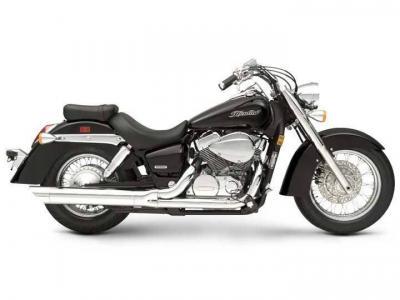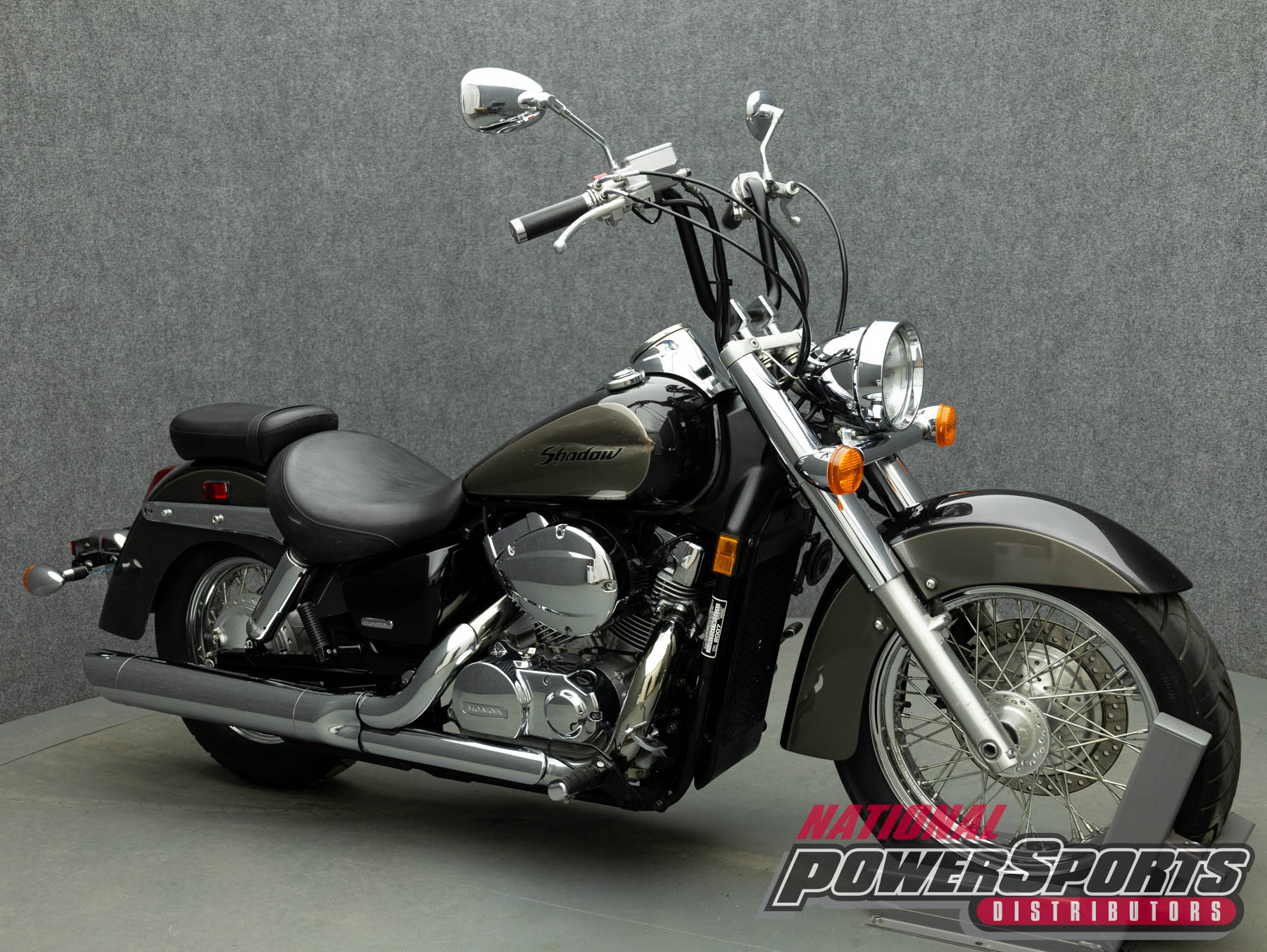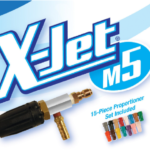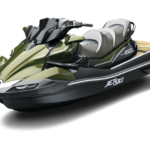The stock carburetor jet sizes for the 2007 Honda Shadow Aero VT750C are as follows:
Main Jet: The front most important jet is commonly one hundred and five, whilst the rear principal jet is regularly 108.
Pilot Jet: The pilot jets are commonly sized at 40.
These sizes can also range slightly relying on particular configurations or adjustments made to the bike.
Introduction: Importance of Knowing the Stock Carburetor Jet Size for the 2007 Honda Shadow Aero VT750C
Understanding the stock carburetor jet size for the 2007 Honda Shadow Aero VT750C is important for maintaining the most fulfilling engine overall performance and efficiency. The carburetor plays an important role in mixing air and fuel in the ideal proportions, which at once affects the motorbike’s energy output, throttle response, and overall riding revel. Knowledge of the jet sizes permits riders to make knowledgeable choices approximately tuning and adjustments, ensuring that their motorbike runs easily and successfully.
Understanding the Carburetor System within the VT750C
Overview of How Carburetors Work in Motorcycles
A motorcycle carburetor is a mechanical device that blends air and fuel for combustion in the engine. It operates primarily based on pressure differences created as the engine’s pistons move, drawing air into the carburetor via a venturi. As air flows via this narrowed phase, a vacuum is created, allowing gasoline to be sucked from the flow chamber into the airstream. This mixture is then brought to the engine for combustion.
Role of Jet Size in Performance
The jet size in a carburetor determines the amount of gasoline that may be mixed with air at various throttle positions. Larger jets permit more fuel to go with the flow, which can beautify energy but may also lead to richer combinations that affect fuel efficiency. Conversely, smaller jets limit gasoline float, probably improving performance but risking a lean aggregate which can motivate engine overall performance issues. Thus, selecting the ideal jet length is essential for attaining a balanced air-gas combination tailor-made to unique riding conditions and alternatives.
Stock Jet Size for the 2007 Honda Shadow Aero VT750C

For the 2007 Honda Shadow Aero VT750C, the inventory carburetor jet sizes are:
Main Jet:
Front: 105
Rear: 108
Pilot Jet: forty
These specs are designed to optimize engine overall performance under standard working situations. Riders considering adjustments or changes should refer to these stock sizes as a baseline for tuning their carburetor efficiently.
General Specifications
| Feature | Details |
|---|---|
| Model | VT750C |
| Engine Type | 745cc liquid-cooled 52° V-twin |
| Bore and Stroke | 79mm x 76mm |
| Compression Ratio | 9.6:1 |
| Valve Train | SOHC; three valves per cylinder |
| Carburetion | Single 34mm constant-velocity |
Performance Specifications
| Feature | Details |
|---|---|
| Transmission | Wide-ratio five-speed |
| Final Drive | Shaft |
| Max Power | Approximately 45 hp |
| Torque | 50 lb-ft (68 Nm) |
| Top Speed | Approximately 100 mph (160 km/h) |
Dimensions and Weight
| Feature | Details |
|---|---|
| Wheelbase | 64.5 inches (163.83 cm) |
| Rake (Caster Angle) | 34° |
| Trail | 161 mm (6.3 inches) |
| Seat Height | 25.9 inches (65.8 cm) |
| Dry Weight | 519.4 pounds (235 kg) |
| Fuel Capacity | 3.7 gallons (14 liters), including a 0.9-gallon reserve |
Specifics of the Stock Jet Size (Main and Pilot Jets)
For the 2007 Honda Shadow Aero VT750C, the stock carburetor jet sizes are:
Main Jets:
Front: 105
Rear: 108
Pilot Jet: 40
These jet sizes are designed to offer a top-quality air-fuel mixture underneath standard operating conditions, making sure green engine performance.
How It Affects Fuel Mixture and Engine Performance
The length of the jets directly impacts the gasoline aggregate added to the engine.
Main Jets: These jets manage gasoline to go with the flow throughout higher throttle openings (about three/4 to complete throttle). If the main jets are too small, the engine may additionally run lean, main to terrible performance and potential overheating. Conversely, large jets can provide greater fuel, enhancing energy but possibly reducing gasoline performance.
Pilot Jet: This jet impacts gas delivery at decreased throttle openings (idle to about 1/three throttle). An incorrectly sized pilot jet can result in troubles which include rough idling or stalling. A too-small pilot jet can create a lean situation, even as a larger one can still enhance the mixture, improving throttle response.
When and Why to Adjust the Jet Size
Common Signs That You May Need to Adjust the Jetting
Poor Throttle Response: Hesitation or lag whilst opening the throttle.
Rough Idling: The engine might also stall or run erratically at idle.
Backfiring: Excessive popping at some point of deceleration indicates a lean combination.
High Fuel Consumption: If fuel efficiency drops extensively, it may be due to wrong jet sizing.
Considerations for Changes Due to Altitude or Modifications
Altitude: Higher altitudes have thinner air, requiring a richer fuel aggregate to maintain performance. This frequently necessitates large jets.
Modifications: Changes such as aftermarket exhausts or air filters can regulate airflow, impacting the air-gas ratio. Adjusting jet sizes may be essential to atone for these adjustments.
How to Replace or Adjust the Carburetor Jet within the VT750C
Step-by using-Step Guide for DIY Adjustments
Gather Tools Needed:
Screwdrivers (flathead and Phillips)
Socket set
Carburetor cleaner
Clean rags
Safety goggles and gloves
Safety Precautions:
Ensure the motorcycle is cool and parked on a stable surface.
Disconnect the battery to prevent unintentional starts offevolved.
Work in a properly-ventilated region because of fuel vapors.
Remove the Carburetor:
Disconnect any electric connections and hoses connected to the carburetor.
Remove mounting bolts and thoroughly pull out the carburetor.
Accessing Jets:
Remove the go with the go-with-flow bowl by unscrewing it from the carburetor body.
Locate the primary and pilot jets; they’ll be threaded into their respective positions.
Replace/Adjust Jets:
Use a screwdriver to unscrew old jets.
Install new jets by using screwing them into the area (make sure not to overtighten).
Reassemble Carburetor:
Reattach the glide bowl and make sure all gaskets are seated properly.
Reinstall the carburetor onto the bike, reconnecting all hoses and electrical connections.
Test Ride:
Start the bike and permit it to heat up.
Test throttle response and take a look for any symptoms of hard idling or backfiring.
Conclusion: Maintaining Optimal Performance with the Correct Jet Size
Regularly tracking and adjusting carburetor jet sizes is vital for preserving the finest overall performance in your 2007 Honda Shadow Aero VT750C. Understanding how jet sizes affect gasoline combinations lets riders make informed choices regarding preservation and adjustments, making sure a clean and green riding revels in. By listening to engine behavior and making vital adjustments based on altitude or changes, you could beautify your bike’s overall performance considerably.
FAQs approximately Carburetor Jet Sizes for the 2007 Honda Shadow Aero VT750C
What are the stock jet sizes for the 2007 Honda Shadow Aero VT750C?
The stock jet sizes for the 2007 Honda Shadow Aero VT750C are:
Main Jet:
Front: 105
Rear: 108
Pilot Jet: 40
How do jet sizes affect fuel mixture and engine performance?
Jet sizes play an essential function in figuring out the air-fuel aggregate added to the engine.
Main Jets manage gasoline glide at some stage in better throttle openings. If they’re too small, the engine might also run lean, main to bad overall performance and overheating. Conversely, larger jets can improve the mixture, improving strength but in all likelihood lowering gas efficiency.
Pilot Jets affect fuel shipping at lower throttle openings. An incorrectly sized pilot jet can cause rough idling or stalling. A lean situation can arise with a too-small pilot jet, even as a bigger possible lead to a very wealthy aggregate.
When do have to you keep in mind adjusting the jet size?
You may need to modify the jet length within the following situations:
Poor Throttle Response: Hesitation or lag when beginning the throttle.
Rough Idling: The engine stalls or runs erratically at idle.
Backfiring: Excessive popping at some point of deceleration often shows a lean mixture.
High Fuel Consumption: An extensive drop in gasoline performance can also signal wrong jet sizing.
How do altitude and changes affect jetting?
Altitude: Higher altitudes have thinner air, requiring a richer gasoline mixture to preserve performance. This often necessitates large jets.
Modifications: Changes that include aftermarket exhausts or air filters can regulate airflow, impacting the air-fuel ratio. Adjusting jet sizes may be necessary to atone for those changes.
How can I replace or alter the carburetor jet in my VT750C?
Step-by-Step Guide for DIY Adjustments
Gather Tools Needed:
Screwdrivers (flathead and Phillips)
Socket set
Carburetor cleaner
Clean rags
Safety goggles and gloves
Safety Precautions:
Ensure the motorbike is cool and parked on a strong floor.
Disconnect the battery to prevent accidental begins.
Work in a well-ventilated location due to gas vapors.
Remove the Carburetor:
Disconnect any electric connections and hoses connected to the carburetor.
Remove mounting bolts and punctiliously pull out the carburetor.
Accessing Jets:
Remove the drift bowl by unscrewing it from the carburetor body.
Locate and unscrew the principal and pilot jets from their respective positions.
Replace/Adjust Jets:
Install new jets by screwing them into the area (make certain not to overtighten).
Reassemble Carburetor:
Reattach the float bowl and make certain all gaskets are seated properly.
Reinstall the carburetor onto the motorbike, reconnecting all hoses and electric connections.
Test Ride:
Start the motorcycle and let it warm up.
Test throttle reaction and take a look at any signs and symptoms of tough idling or backfiring.
Read More
Visit dotarle.com for more Info.



